Due to well-known reasons, Huawei’s mobile phone business has been stagnant over the past two years. Due to severe supply chain difficulties, many products could not be produced, resulting in severe stock-outs. Huawei’s high-end Mate series products, which have been released for ten consecutive years, have been forced to stop. Before the launch of the Mate 50 series in September 2022, the last Mate phone, the Huawei Mate 40 series was released in December 2020. That is a two-year hiatus, something that has not happened for about a decade.
Read Also: HarmonyOS 3.1/4.0 exposure: Huawei’s new beginning
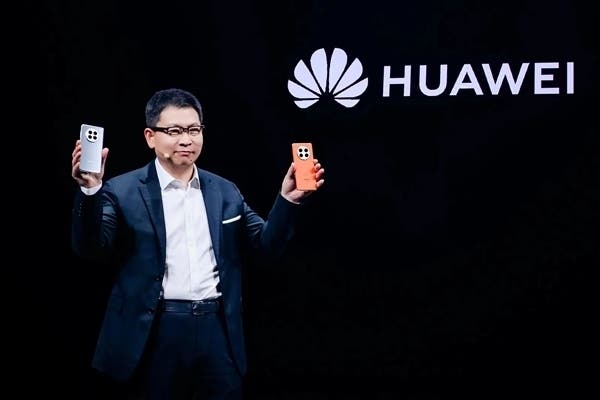
In the two years since Huawei left the centre of the “stage”, Chinese mobile phone brands have fallen into innovation difficulties. So far, no mobile phone brand has shown the same innovative strength as Huawei Mate. Recently, Huawei president, Yu Chengdong had to address the calls for a new Mate. He said… “Only Mate can surpass Mate” at the Mate 50 series press conference.
In the Chinese mobile phone market in the past three to five years, the Mate series is quite a bit like Mount Everest. It beats its competition and there is no contest to it. The Huawei Mate 50 series once again tops the chart like its siblings has done in the past.
Huawei Mate series ten-year struggle
According to Yu Chengdong, over the past 10 years, the Mate series has stayed on a single lane. It adheres to its high-end and innovative path. These ten years have been ten years of continuous development and accumulation of Huawei’s innovative technologies. Within these ten years, Huawei mobile phone brand moved into the high-end roads. Over the past ten years, the success of the Mate series has been firm and constant. It has tech advancement and leadership victory.
2013
In 2013, the first Huawei Mate (Ascend Mate) series mobile phone was unveiled. This is the industry’s first mobile phone with a 6.1-inch large screen and a large 4100 mAh battery. It is called a “pocket theatre”. At that time, Huawei was firmly confident that it would be the greatest product in the world…the best mobile phone, and the most high-end brand.
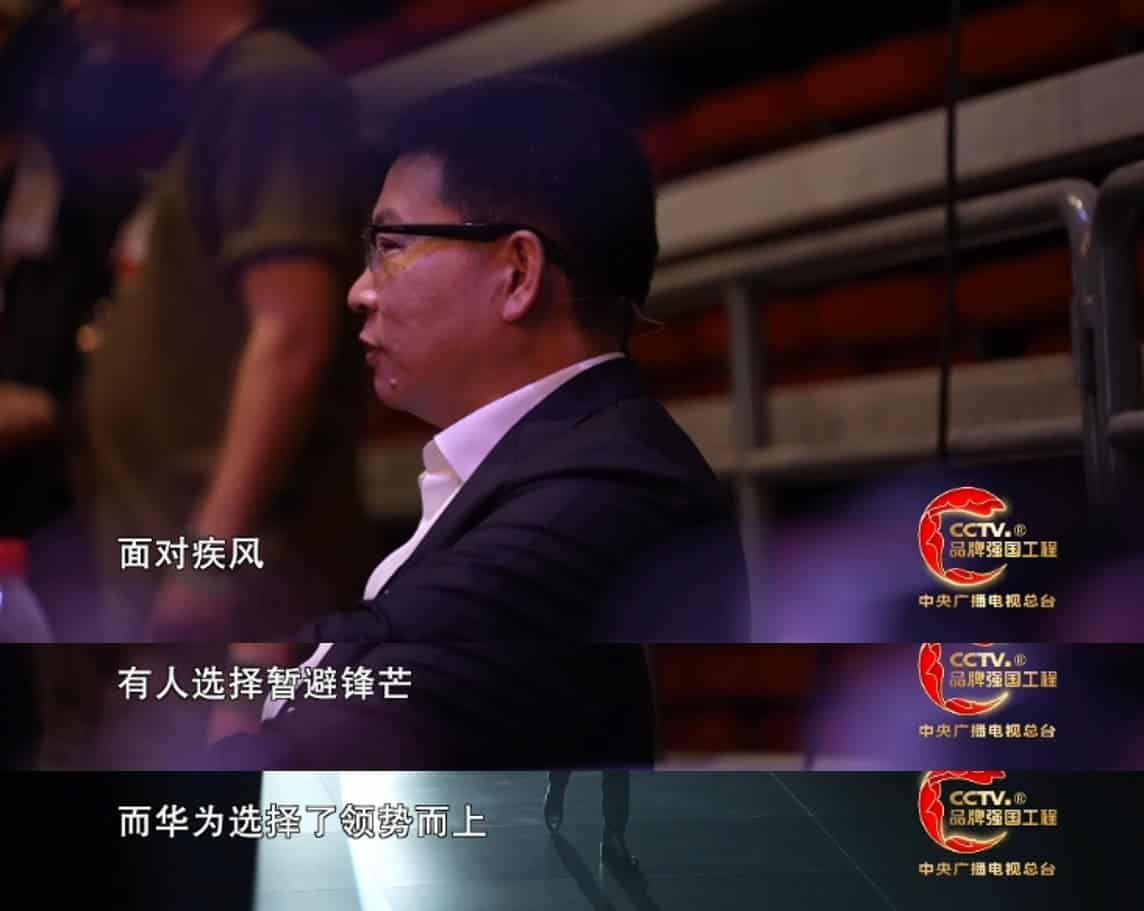
2014
In 2014, the Huawei Mate7 was released. This device created a “sales miracle” that was insurmountable in the mobile phone industry at that time, and thus opened the jazz life. Huawei Mate 7 is the world’s first one-touch fingerprint-unlocking mobile phone. It adopts black technologies such as a voice-activated camera which not only achieved unprecedented sales and reputation but also laid a solid foundation for the high-end Mate series.
2015
Released in 2015, the Huawei Mate 8 is the world’s first mobile phone to use a 16nm FinFET plus SoC chip. It is also the first mobile phone with black technologies such as stereo navigation.
2016
In 2016, the Huawei Mate 9 series was released. It is the first commercial mobile phone with Cortex-A73 and Mali G71 octa-core GPU in the world. It brings the Mate series into a new era.
2017
In 2017, the Huawei Mate 10 series took the lead in opening the era of mobile AI and became the world’s first mobile phone with AI chips. Huawei’s AI smart camera has been well-known since then and many other brands have since followed its steps.
2018
In 2018, Huawei Mate 20 became the world’s first mobile phone with a 7nm SoC chip, the Kirin 980 chip. It is also the world’s first mobile phone that supports wireless reverse charging technology.
2019
In 2019, the Huawei Mate 30 was released. This device put professional super-sensing camera capabilities in hand. It comes with the world’s first commercial flagship 5G SoC chip, Kirin 990. This chip won the world’s best 5G mobile phone signal, the world’s largest bottom mobile phone movie lens, the world’s fastest wireless charging and many other world firsts.
2020
In 2020, the Huawei Mate 40 was released. This device fully evolves in terms of chips, photography, charging, interaction, etc., once again leading the high-end flagship machine of the year.
Under Yu Chengdong’s leadership, Huawei’s mobile phone has climbed from obscurity to China’s No. 1 and the world’s No. 2. After ten years of hard work, Huawei has completed the transformation from a disruptor to a leader in the global mobile phone terminal business.
But at this time, Huawei mobile phones encountered unprecedented difficulties.
In Yu Chengdong’s words, “the difficulty ten years ago was that no one recognized and knew Huawei’s brand, but today, ten years later, we have accumulated a lot of core technologies and core capabilities, but we have not done so in the past two years”.
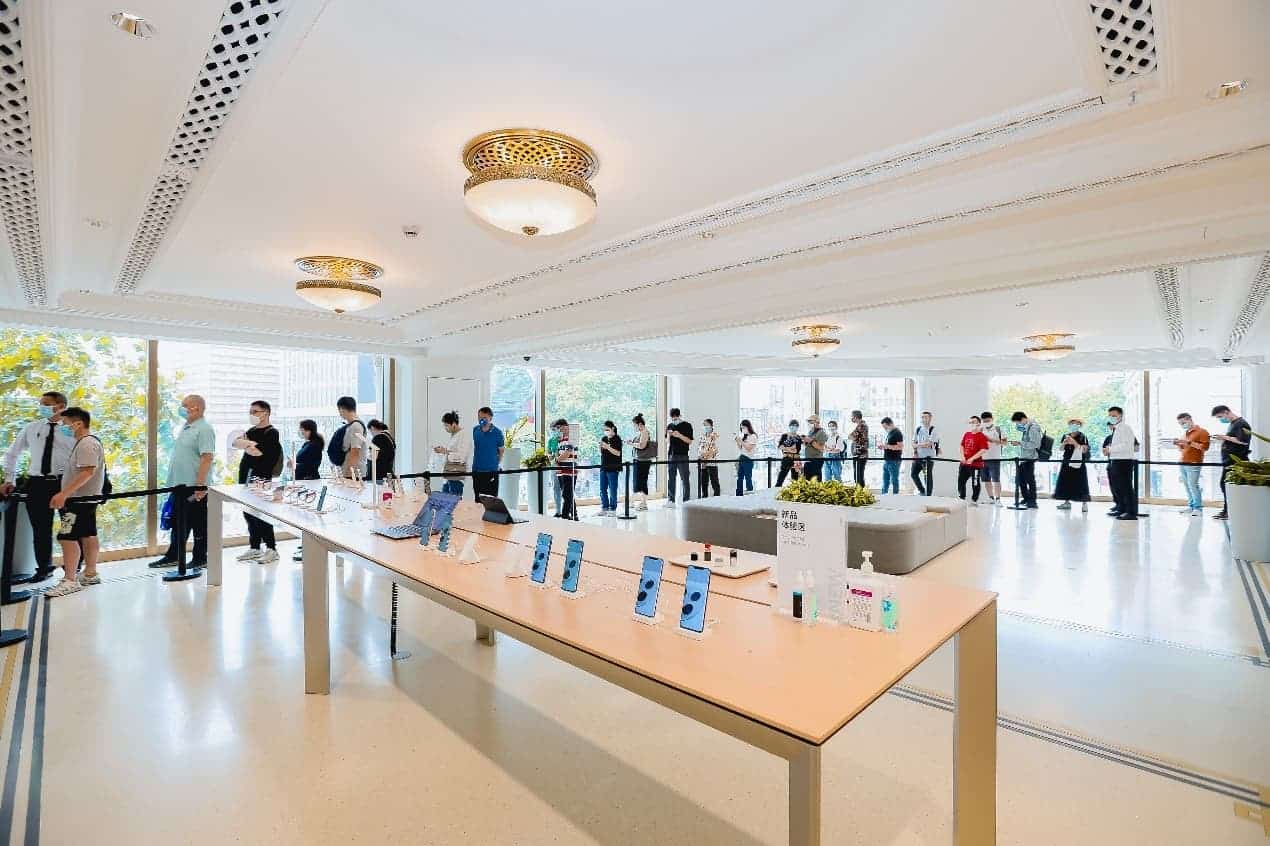
Huawei’s difficulties
From difficulty to success, from success to fall, for Yu Chengdong and his team, it is undoubtedly a huge baptism in the heart. Huawei’s terminal business has even experienced a “half-cut” revenue decline, losing a large number of channel partners. In desperation, Honor left and became “independent”. After experiencing the darkest moment for two years, Huawei fell into a historical trough.
If the difficulties that Huawei had to manage were placed on other mobile phone brands, the results would have been unimaginable. After such a big fall, it is almost impossible to get back up.
But for Huawei, an innovative company that highly believes that technology is king, it is obviously impossible to sink.
According to public information, Huawei’s R&D expenses in 2021 will be as high as RMB 142.7 billion (about $21 billion). According to Huawei’s third quarterly report for 2022, in the first three quarters, Huawei achieved revenue of 441.141 billion yuan ($65.4 billion) with a profit of 23.927 billion yuan ($3.5 billion).
Judging from the data, Huawei continues to invest heavily in R&D. In the first three quarters, Huawei’s R&D expenses hit 110.581 billion yuan ($16.3 billion), an increase of 8.241 billion yuan ($1.2 billion) compared with 102.34 billion yuan ($15.1 billion) in the same period last year.
Huawei continues to invest – shuns the U.S. ban
Huawei did not allow the antics of the U.S. government to weigh it down. It continues to invest no less than 20 billion yuan ($3 billion) every year since the ban. At the same time, more than half of Huawei’s staff are R&D personnel. In 2021, Huawei had about 107,000 personnel engaged in R&D. This accounts for about 54.8% of the company’s total headcount.
Huawei’s massive R & D investment is in exchange for countless invention patents and tech innovations. According to public information, as of the end of 2021, Huawei holds a total of more than 45,000 valid authorized patent families (more than 110,000 pieces) around the world. Also, more than 90% of the patents are invention patents. Huawei ranks first in the number of patents granted by the State Intellectual Property Office of China and the European Patent Office in 2021. It ranks fifth in the number of patents granted by the United States Patent and Trademark Office in 2021.
Huawei Mate 50 series is another win
Despite the ban, Huawei still released the Huawei Mate 50 series. This is the first mobile phone that supports Beidou satellite messages. This makes it possible to send text messages even when there is no network signal. This is a small step for Huawei, but a giant leap for the industry. Huawei is the first in the industry to allow satellite communications to enter popular mobile phones.
The Huawei Mate50 series also pioneers the Kunlun Glass, which is 10 times more resistant to falls. According to statistics, more than 50% of the after-sales processing in the mobile phone industry is for repairing glass panels. Among them, it is worth noting that almost all screen damage is caused by accidental falls.
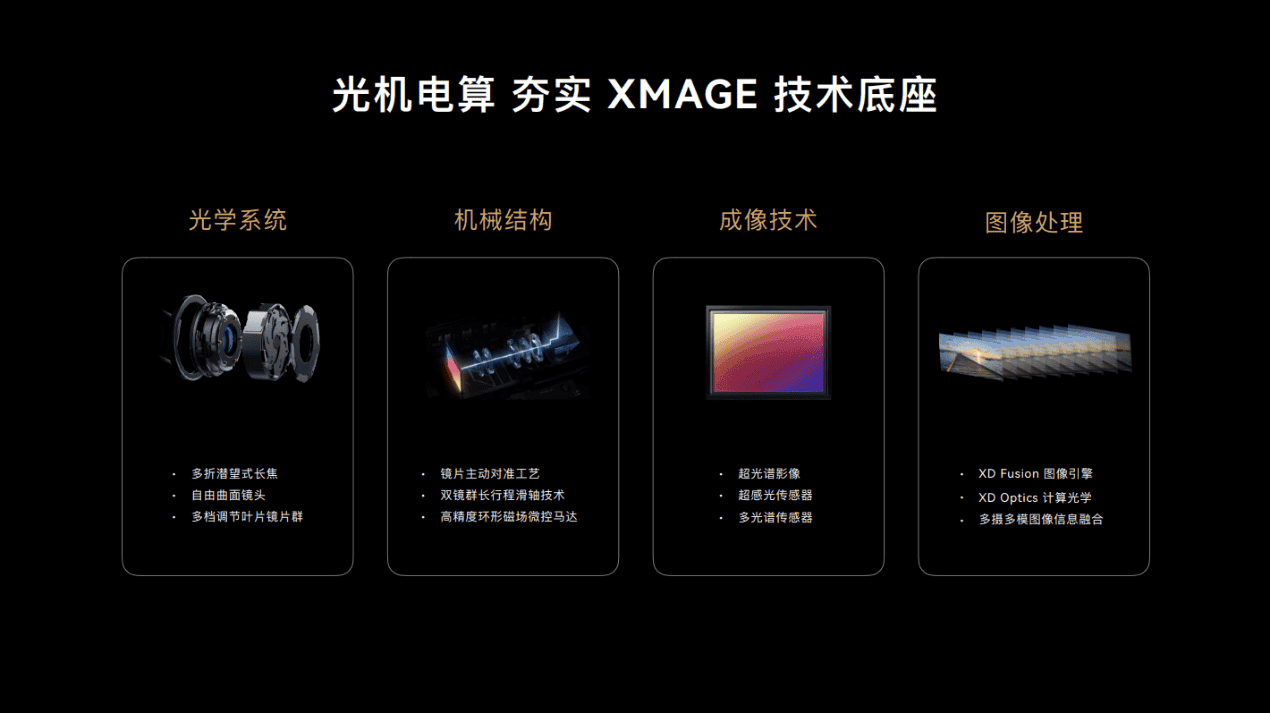
In terms of imaging innovation, the Huawei Mate 50 series is the first flagship product empowered by Huawei XMAGE imaging tech. Its ultra-variable XMAGE imaging system is the first public appearance of XMAGE in the public eye. From a technical point of view, the innovations it brings include a super optical zoom camera, super macro telephoto camera and unique XMAGE image style. This device also brings a lot of upgrades and industry firsts to the system.
Conclusion
Huawei is deliberating recounting the resounding success of the Mate series in response to the latest report regarding the U.S. desire to tighten the ban on the company. Huawei’s message is very clear. Whether there is a ban or not, it has more than enough tech war chest to remain relevant in the mobile phone industry.

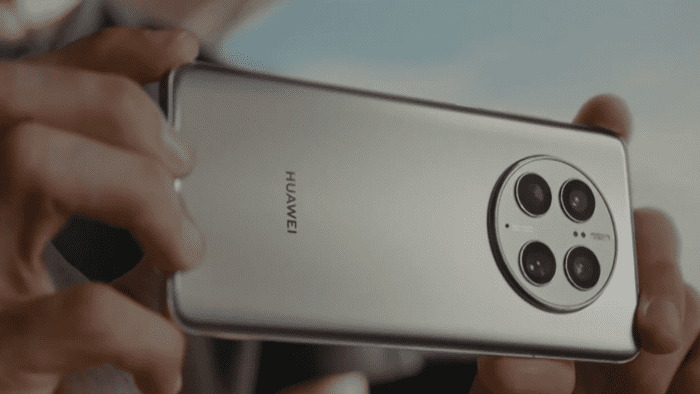




DGKJDHFKJB